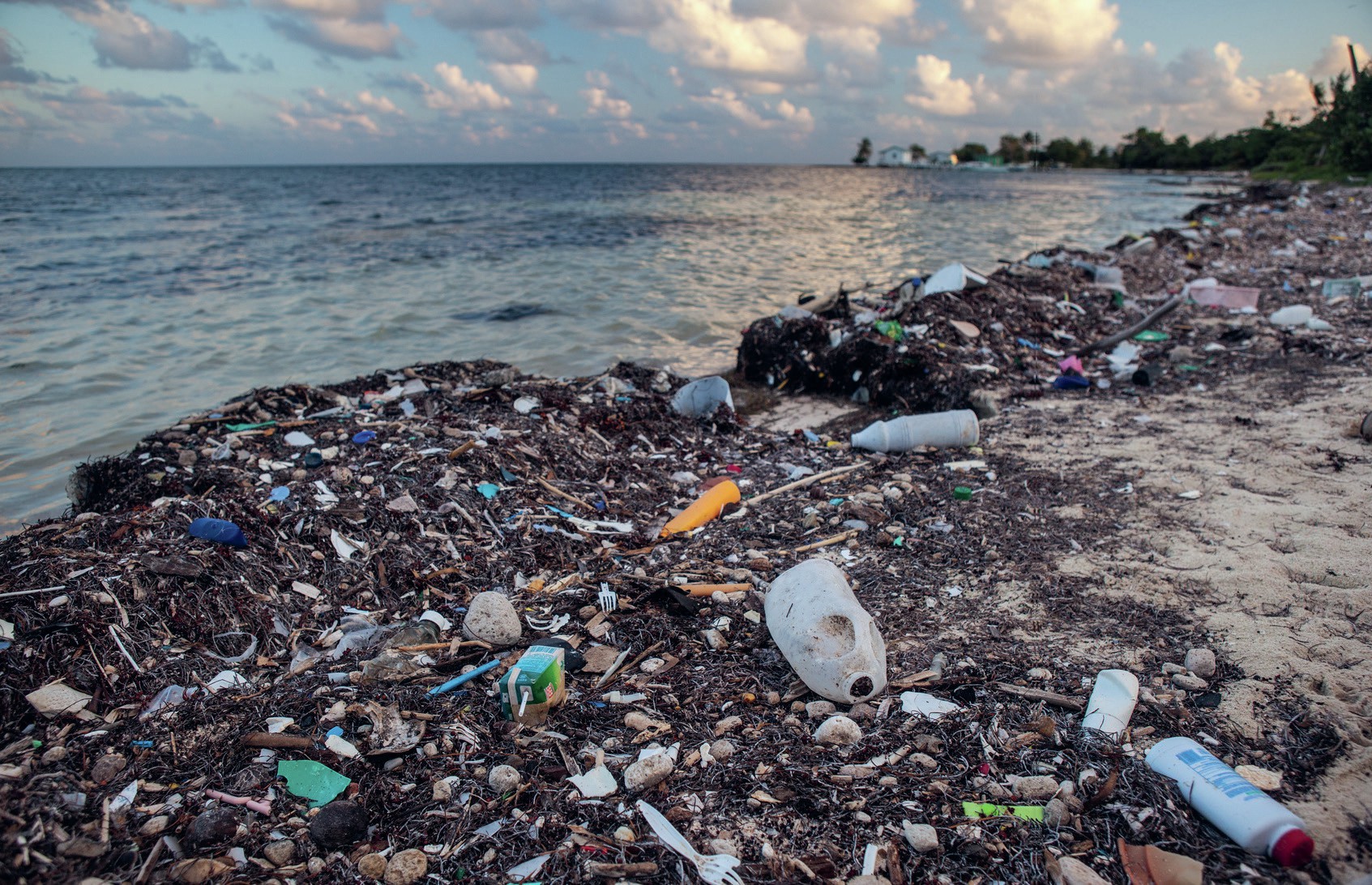
It is difficult to identify the sources of plastic polluting the world’s oceans. However, a study of ocean currents can indicate the likely origins of concentrations of plastic that have accumulated in the centre of circulating ocean currents, known as gyres.
Visit the ‘Seas of Plastic’ website: www.tinyurl.com/yande99d. Plastic pollution intensity in the oceans is indicated by shades of blue, and population pressure at key coastal points is shown by dots of colour, both shown on the key on the left. If you click on one of the named gyres on the righthand column a specific region of ocean is shown, as well as dominant ocean currents. Please note that only PC and Mac access allows manual ‘globe rotation.’ Attempting this on a tablet or mobile may result in loss of map data.
Your organisation does not have access to this article.
Sign up today to give your students the edge they need to achieve their best grades with subject expertise
Subscribe




